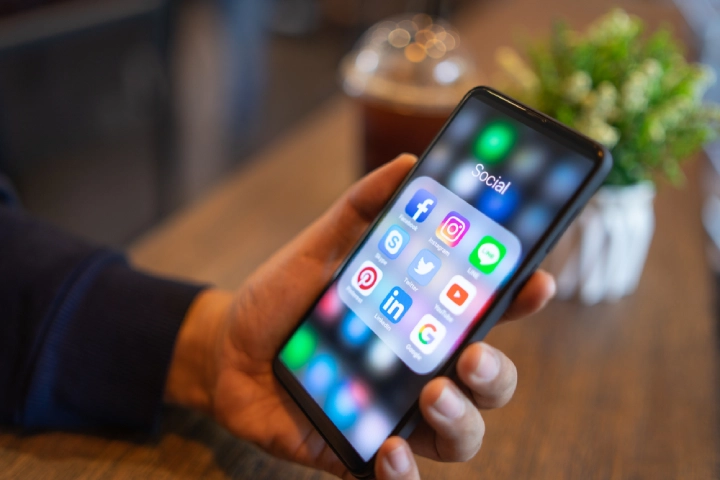
Web 2.0 refers to the second generation of the Web. However, this is not about launching a new Web service as such.
Web 2.0 is about the growth of interactive content and collaboration online, something that was not possible during the early days of the web in the 1990s.
Collaboration amongst internet users is in fact the biggest difference between Web 1.0 and Web 2.0 – in fact, it is sometimes referred to as the social web.
While in the first version of the Web users were typically passive while viewing content on sites, in 2.0 there is a lot more interaction.

What does Web 2.0 look like?
The term, which was popularised by Tim O’Reilly and Dale Dougherty in 2004 but coined by Darcy DiNucci in 1999, became the dominant form of internet use.
Social networking platforms such as Facebook, Twitter, LinkedIn, Instagram and TikTok are the driving force of this era of the web thanks to their focus on user engagement, interaction and content generation.
There’s also the ability to comment on pretty much every news article or post online, and Web users can also share videos more easily than ever before on sites such as YouTube.
Although there is some evidence to support the theory, Tim Berners-Lee, inventor of the World Wide Wide, described the term as jargon.
Web 2.0 vs web 3.0
This idea best describes the way users have engaged with the internet over the last 15 years, but there are signs that the online space is changing.
Web 3.0, also called web3, is an emerging concept that centres around decentralisation rather than interaction via consolidated single platforms.
This conceptualisation of the internet touches on ideas such as cryptocurrency, the metaverse, decentralised finance (DeFi) among a wide range of new technologies that are yet to be widely accepted or adopted.






